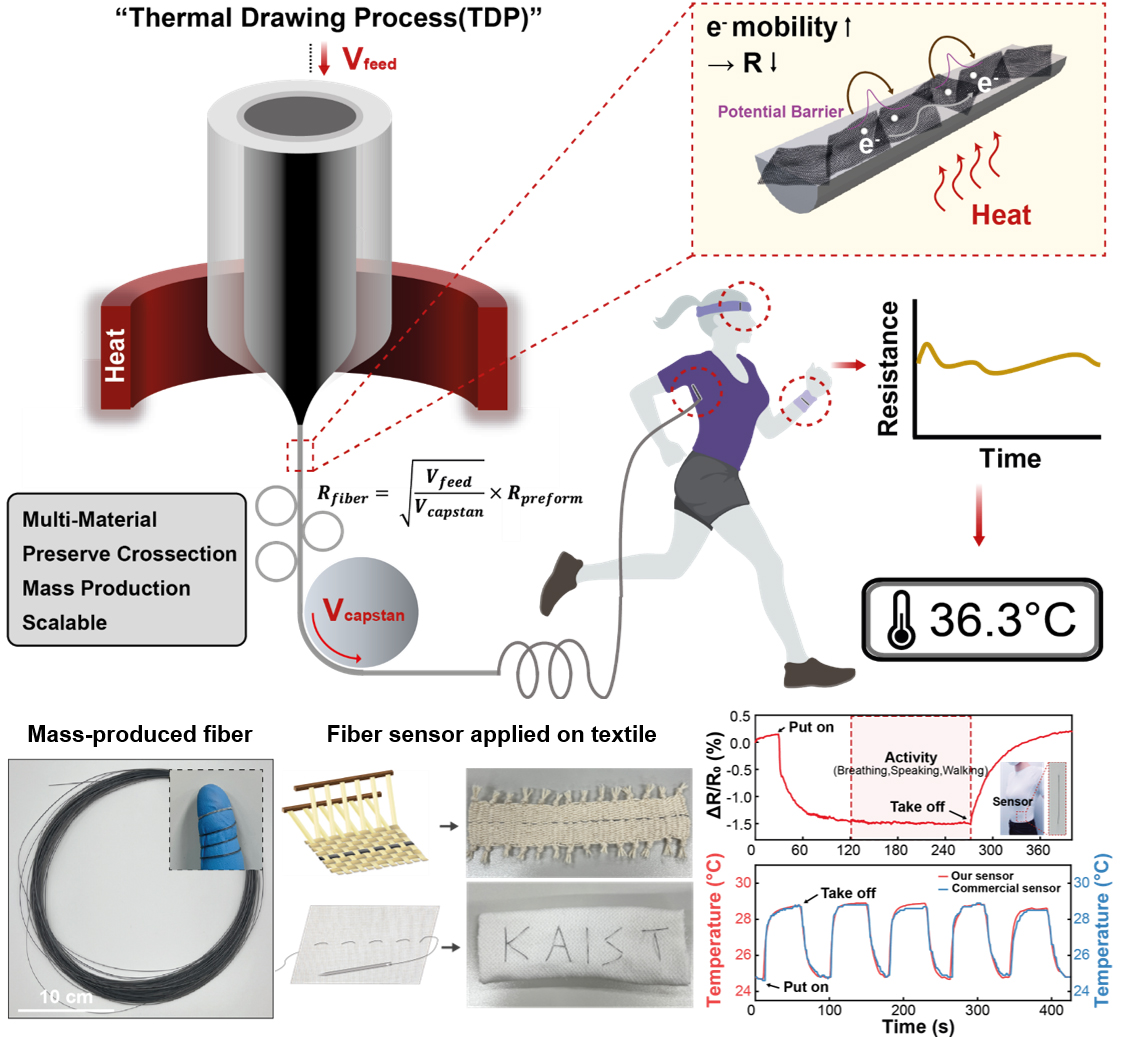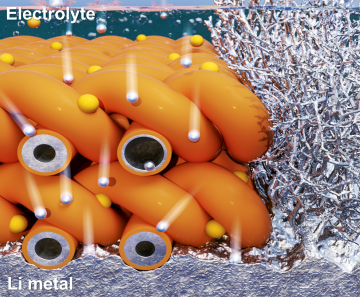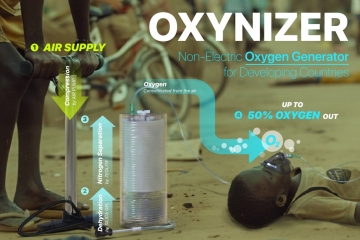KAIST
BREAKTHROUGHS
Research Webzine of the KAIST College of Engineering since 2014
Spring 2025 Vol. 24A high-performance fiber temperature sensor using thermal drawing process have been developed by KAIST researchers. The sensor demonstrates high performance stability, withstanding 1,000 temperature stimulations, bending stress, and 100 wash cycles. These results show potential for applications in smart clothing in healthcare, VR/AR, metaverse, and IoT.

Researchers at KAIST have successfully developed a high-performance and high-stability fiber-shaped temperature sensor with a length of several-hundred-meters using the Thermal Drawing Process (TDP).
Wearable electronic devices have become a focal point of attention with the rising prominence of personalized health care. In particular, since body temperature is a key indicator that reflects an individual's health condition, various types of sensors have been developed to conveniently measure body temperature in daily life.
Textile/fabric temperature sensors have gained considerable attention for their ease of application to clothing and the convenience they offer in temperature measurement. However, the conventional methods used to manufacture these sensors, such as coating and spinning have presented significant hurdles in achieving mass production and ensuring physical and chemical stability.
To address this challenge, Professor Seongjun Park and his research team have made a breakthrough by combining a polymer-nanocomposite and a thermal drawing process. The team fabricated a polymer-nanocomposite by blending a heat-melting polymer with conductive nanoparticles capable of altering their resistance in response to temperature changes. This composite material was then wrapped with a flexible and stable polyethylene sheet, creating of a cylindrical structure. Subsequently, the researchers employed the thermal drawing process, a technique that involves applying heat while pulling a large structure, resulting in a transformation of the material into a fiber several hundred meters in length.
The integration of a thin protective layer, achieved through the thermal drawing process, has proven instrumental in achieving remarkable performance consistency and durability for the fiber sensor. The sensor exhibited exceptional stability, withstanding 1,000 rounds of temperature stimulations and bending stress. Furthermore, the sensor demonstrated resilience in the face of exposure to various chemicals and humidity levels. Perhaps most notably, the sensor retained their endurance even after undergoing 100 cycles of extensive washing.
When integrated into a shirt, the fiber temperature sensor showed outstanding performance, even during physical activities. The sensor accurately measured body temperature without any interference from signal noise caused by movement, such as walking. Additionally, the research team explored the versatility of the sensor by integrating it into gloves, thereby demonstrating the potential as electronic skin capable of measuring the temperature of objects upon contact.
“We are thrilled by the development of a diverse range of fiber/textile sensors utilizing the thermal drawing process within the ever-evolving domain of wearable sensor technologies,” stated Professor Seongjun Park. “We believe that the integration of these fiber/textile sensors into smart clothing holds immense potential, extending far beyond the boundaries of healthcare. This integration opens up exciting possibilities in the realms of virtual reality (VR), augmented reality (AR), the metaverse, and the Internet of Things (IoT).”
The study was published in the article titled “Thermally drawn multi-material fibers based on polymer nanocomposite for continuous temperature sensing" on June 12, 2023 in the international journal Advanced Fiber Materials (JCR top 1.92% journal in the field of textile).
This research was funded by Ministry of Science and ICT of the Republic of Korea and the National Research Foundation of Korea
Most Popular

When and why do graph neural networks become powerful?
Read more
Smart Warnings: LLM-enabled personalized driver assistance
Read more
Extending the lifespan of next-generation lithium metal batteries with water
Read more
Professor Ki-Uk Kyung’s research team develops soft shape-morphing actuator capable of rapid 3D transformations
Read more
Oxynizer: Non-electric oxygen generator for developing countries
Read more